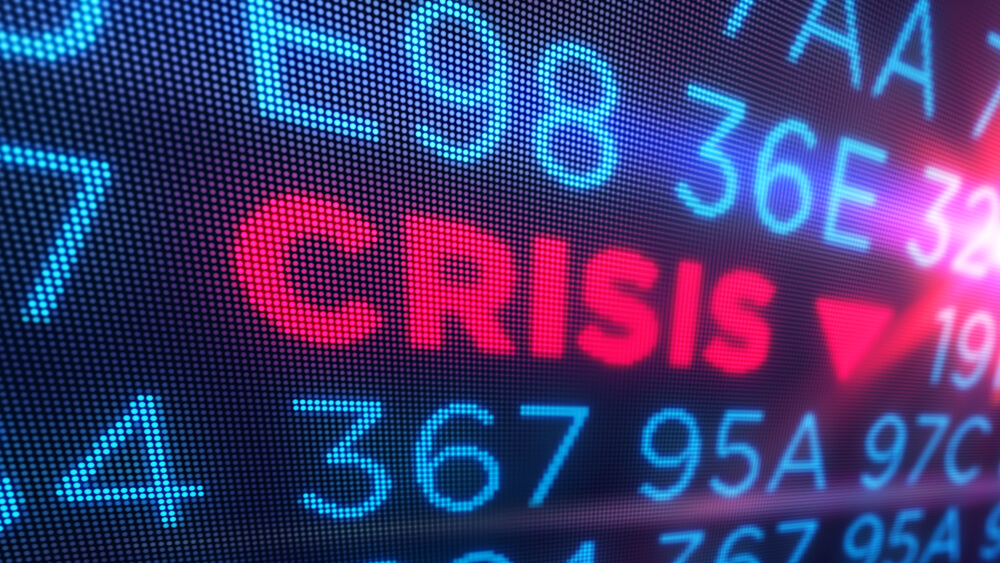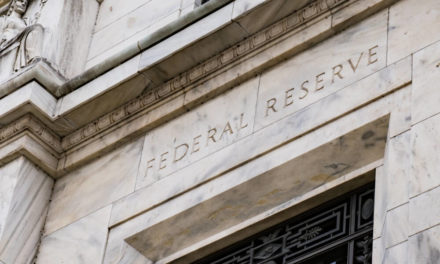If trade talks between the U.S. and China collapse and the Trump administration hikes tariffs on nearly all Chinese imports, it will push the global economy into recession and force the Fed to cut interest rates back to zero, Morgan Stanley analysts said.
Temporary starts and fits will just lead to more volatility that would ultimately be vanquished. However, a lasting breakdown in trade talks will inflict major pain on the markets.
“If talks stall, no deal is agreed upon and the U.S. imposes 25% tariffs on the remaining circa $300 billion of imports from China, we see the global economy heading towards recession,” Morgan Stanley analysts said in a note.
Morgan Stanley then said the Fed would cut rates back down to zero by spring of 2020, with China scaling its stimulus back up to 3.5% of the country’s GDP (about $500 billion), and it’s broad credit growth target to 14% to 15% a year.
“But, a reactive policy response and the usual lags of policy transmission would mean that we might not be able to avert the tightening of financial conditions and a full-blown global recession,” the note said.
A global recession is categorized by growth dipping below 2.5%.
If the 25% tariffs on $200 billion worth of Chinese imports are in place for the next three or four months, global growth could slow to about 2.7% a year. To cushion that blow, Morgan Stanley says the Fed would cut rates by about 0.5% while Beijing would up its fiscal stimulus expansion to 2.25% of its GDP, or about $320 billion.
Analysts also said investors are likely underestimating the trade war’s impact in a number of ways, such as the effect on the corporate sector worsening as China put up non-tariff barriers like restriction of purchases.
That would in turn slow global growth, hurting profits and passing tariff increases on to consumers.
“Our base case is that the escalation is temporary, but we would readily admit that the uncertainty is high with regard to how trade talks could evolve,” the note reads. “The impact on global growth is non-linear — the risks are firmly skewed to the downside and the window for resolution is narrowing.”




